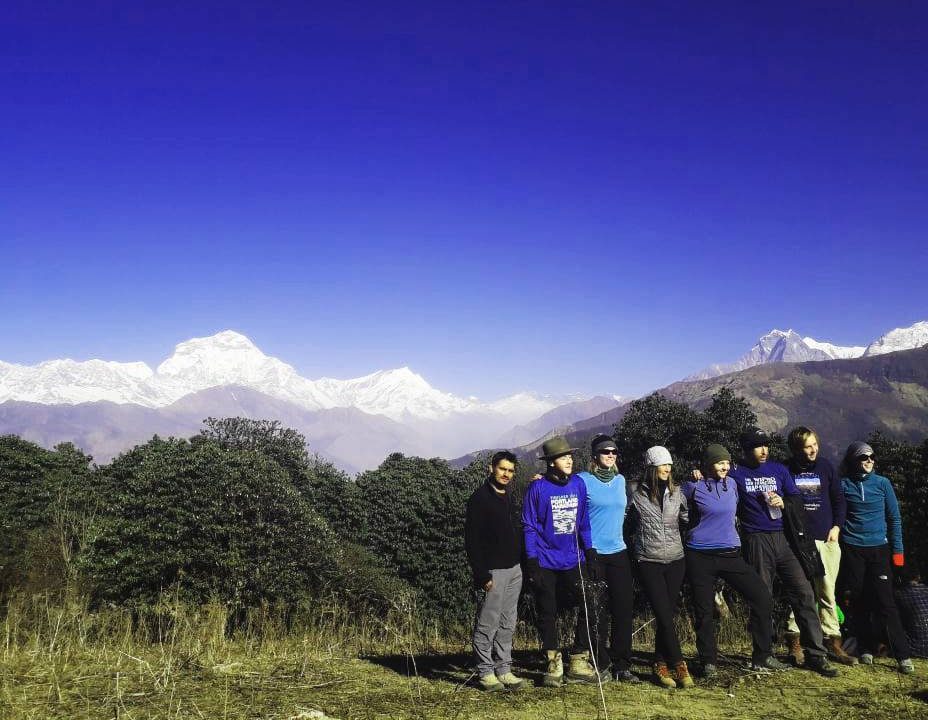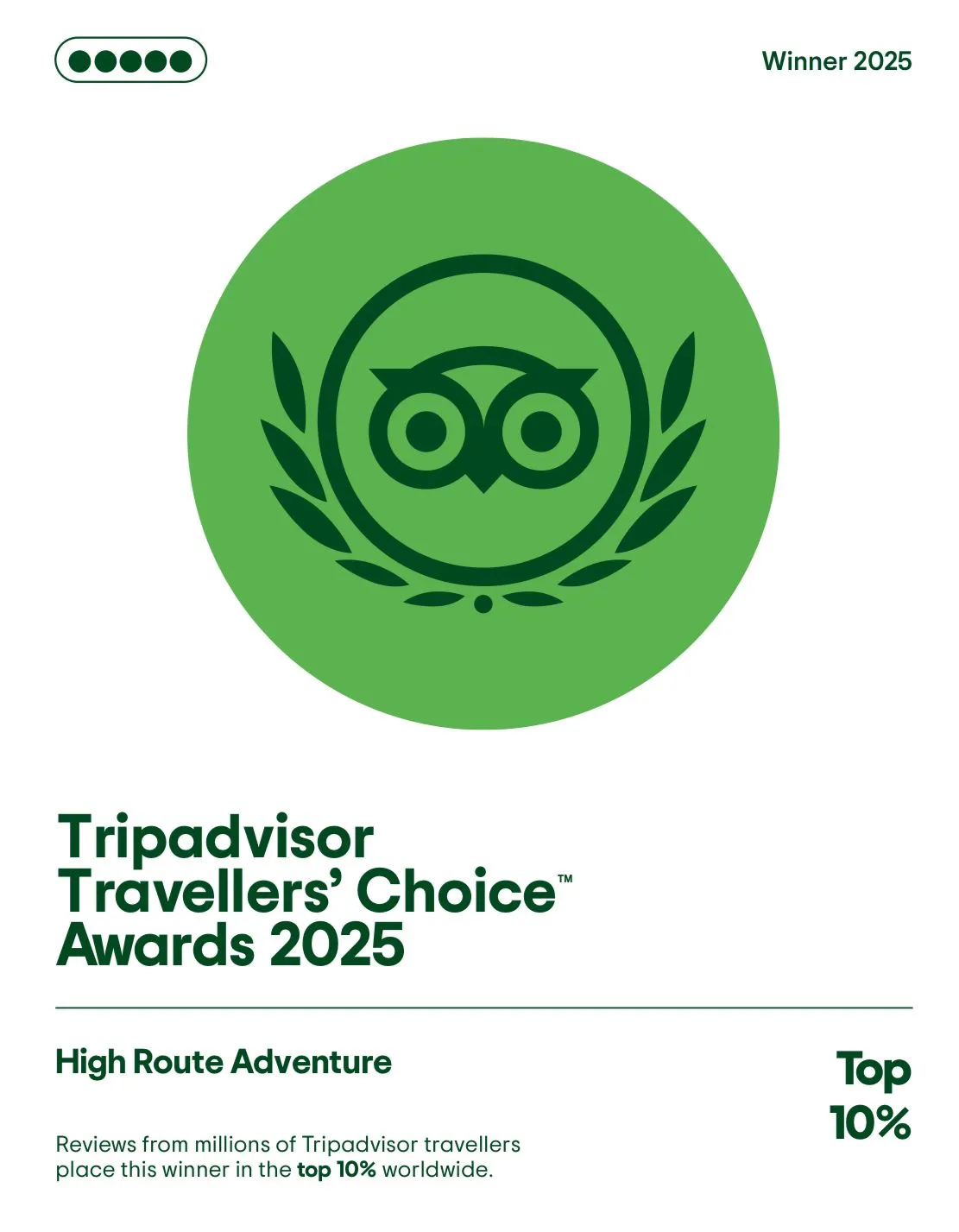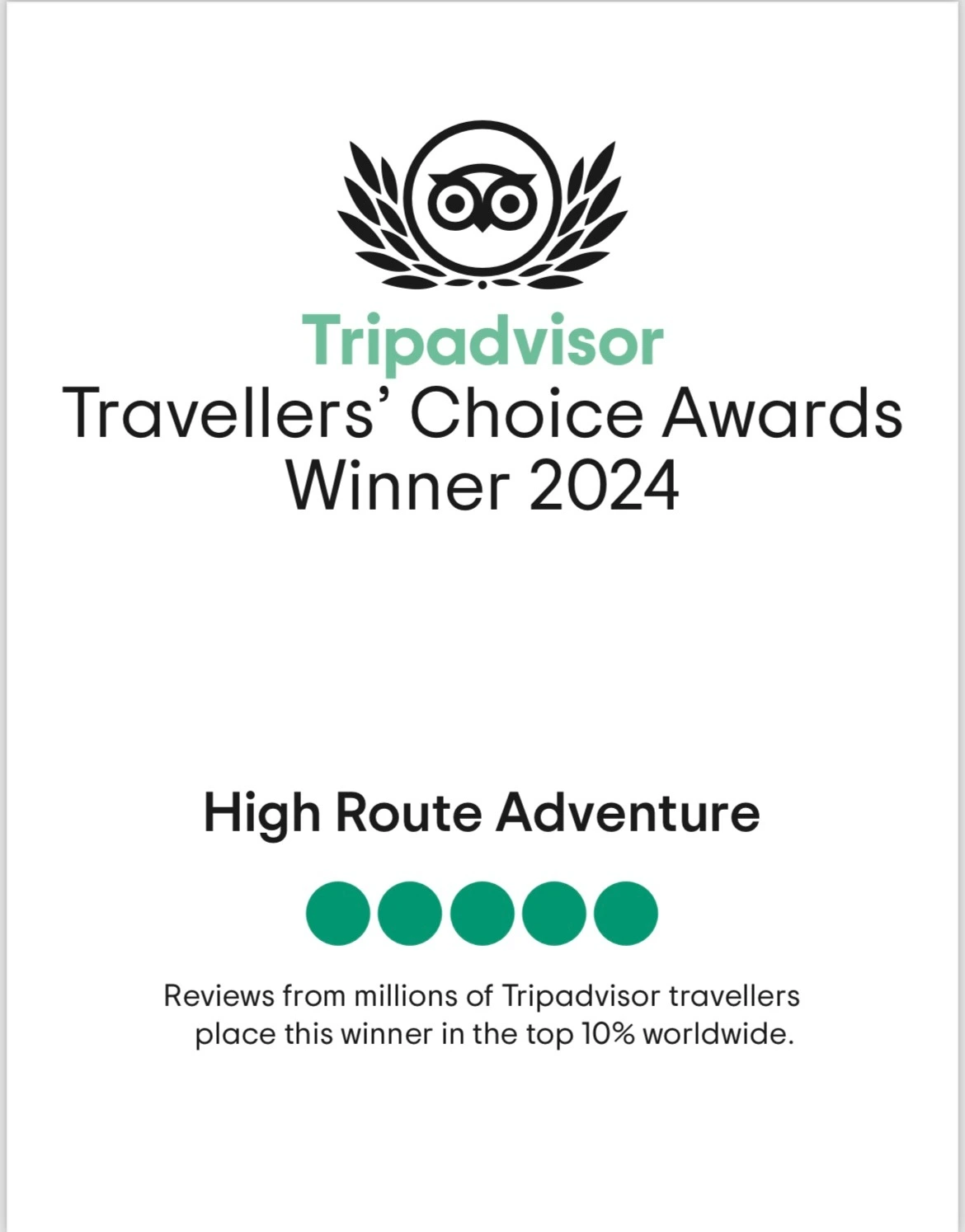Nepal Travel Information

Nepal is recognized all around the world for its immense natural beauty which comes from the majestic Himalayas, unique and luscious landscapes, and sparkling gushing waterfalls and rivers. Although spread across a small span of area, Nepal is a paradise for trekking enthusiasts from all around the world. Nepal is home to 8 of the world’s tallest peaks including the world’s tallest mountain, Mt. Everest (8848m). The rugged and bumpy trekking trails beside the flourishing greenery, clear blue lakes, and rivers with exotic faunas and floras offer you a magnificent view of the Himalayas. Sandwiched between two giants India and China, Nepal has a diverse array of unique cultural values and traditions.
Country visa Information and entry procedure
All tourists visiting Nepal except visitors from India must have a valid passport and visa. However, Indian Nationals do have to provide a valid legal document to identify themselves to enter Nepal.
Travelers can obtain a Nepalese visa at the Tribhuvan International Airport. These tourist visas are called On-Arrival Visa and are available after filling out a Visa application form. The cost of the Visa depends upon the length of the visa:
- USD 30 for a 15-day Visa
- USD 50 for a 30-day Visa
- USD 125 for a 90-day Visa
For more information regarding the updated Visa fees, head to the official website of the Department of Immigration at http://www.nepalimmigration.gov.np/post/notice-regarding-visa-fee-updates.
You can also extend your visa with a valid visa period, which will cost you USD 3 per day. However, if you are from SAARC countries you don’t have to pay visa fees as gratis fee or free visa is available until 100 days.
During the peak season, you should expect a long queue of tourists here trying to get their visa. To prevent the long wait, you can visit the Nepalese Diplomatic mission stationed in your country before your arrival date.
For additional information regarding the Tourist Visa, head to the official website of the Department of Immigration at http://www.nepalimmigration.gov.np/page/tourist-visa
Popular destinations to visit
Numerous heritage sites depict the rich cultural and religious aspects of Nepal. Most of these sites are also recorded and acknowledged in the UNESCO world heritage site list. You should not miss out on visiting the famous cultural sites such as Kathmandu Durbar Square, Patan Durbar Square, Bhaktapur Durbar Square, Pashupatinath, Boudhanath, Swayambhunath, and Changunarayan.
There are many other places to visit outside the city but the one you should visit is a scenic, serene, and magical lake city called Pokhara. Chitwan, Lumbini, Nagarkot, and Bandipur are a few other destinations to visit in Nepal.
Apart from leisure tours and family trip destinations, there are plenty of destinations for trekking and mountaineering endeavors. Everest region, Annapurna region, Langtang region, and Manaslu region are a few of the destinations ideal for such adventure activities.
Things to do in Nepal
Remarkably recognized for trekking activities in the Himalayas, Nepal has greatly managed to innovate and evolve into a popular tourist destination for many other activities and attractions. There are many things one can do in Nepal. First of all, you can plan to trek and visit the mighty Himalayas or hike to the hill stations and viewpoints which will give you a magnificent view of the Himalayas. Treks and expeditions in Everest, Annapurna, Langtang, Manaslu, Dolpo, and Kanchenjunga regions are the most popular activities in Nepal.
Kathmandu and Pokhara are the perfect destinations for sightseeing and tours. These cities also boast a wide range of adventure sports as well. Travelers can also choose to visit Chitwan and Bardia national parks for an adventurous trip filled with exotic and rare floras and faunas. Bandipur, Palpa, and Ilam are a few other notable destinations ideal for tours and sightseeing.
Trekking seasons in Nepal
One can trek to the Himalayas all year long but there are certain seasons that offer the best experience. The best seasons to trek in Nepal are spring and autumn. The spring season which begins in March-May is one of the best seasons you can look forward to. During the spring season, the weather is very clear and you can see the amazing views of the Himalayas with comfortable weather. The crisp lush green forest along the trails starts blossoming with vibrant rhododendron and other flowers. Another season to look forward to is the autumn season(September-November). During this season, there is no rainfall and the weather is not either cold or hot. It also allows you to enjoy the elevation without any hurdles such as rainstorms and slippery trails. This is the season when alluring mountain views await you.
On the other hand, winter (December-February) sees a pretty low temperature, especially in the Himalayas. Due to fog and snowfall, trekkers often avoid this season. However, treks at lower altitude like Ghorepani Poonhill Trek and Tamang Heritage Trek can be done in the winter. Monsoon (June-August) experiences heavy rainfall and a rise in temperature. The rain causes a landslide and can disrupt some of the high-altitude treks. However, Upper Dolpo and Upper Mustang treks are ideal during this season since they lie in the rain-shadow regions.
Altitude sickness While traveling to Nepal
Altitude sickness, also known as Acute Mountain Sickness (AMS), generally affects trekkers when they trek higher than 2400m. Altitude sickness can affect anyone who is trekking above this altitude.
As you walk higher and higher, the level of oxygen gets thinner. If the body of a trekker does not adjust to the altitude and Himalayan atmosphere, the symptoms of altitude sickness begin to appear. Headache, nausea and dizziness, lethargy, and loss of appetite are a few of the symptoms of altitude sickness. Trekkers should carry Diamox tablets to cope with high altitude and altitude sickness.
If a traveler begins to show signs of AMS, the victim should be immediately taken to a lower altitude. Likewise, the trip leader should be informed and further medical approaches should be properly discussed.
Travel Insurance
If you are traveling or trekking in Nepal, having travel insurance is a must and an important thing. Nepal is a country of extremes with many variations of dangerous or risky activities that could lead to some unwanted events. While trekking to higher altitudes where transportation is not accessible there might be many unpredicted situations. So, it is necessary to have travel insurance that covers all the risks associated with the trip.
Travel insurance should generally cover loss of property, theft, trip delay, and cancellations. Similarly, it should also cover all the medical issues including emergency evacuation and Heli rescue.
Meals and Accommodation in Nepal
When visiting or trekking in Nepal you won’t have to worry about food or accommodation. Nepal just is not famous for its Mountains and cultural sites; it is also known for its hospitality and food.
If you are staying in the capital city there are tons of choices to stay. From luxury 5-star hotels to basic lodges and hostels, there are a variety of options you can choose from. Talking about meals the most popular food is Dal Bhat Tarkari and Momo. In the cities, you can also choose from a wide range of food cuisine.
Moreover, while trekking, there are ample of teahouses along the way where you can enjoy a warm meal and cozy bed. The trekking trails are filled with a significant number of teahouses where the trekkers can lodge for the night and savor the local delicacies.
Banking ATMs and Money
You won’t have to worry about banks or ATMs in the city or other major city areas in Nepal. Also, there are lots of places in Kathmandu where you can exchange foreign currency for local currency. In Kathmandu city, there are lots of Banks and there are many ATM booths all around the city area. Similarly, there are also many exchange counters found in other major cities in the country. While exchanging currency, it is necessary to have updated information regarding the exchange rates. You can find this information on the website of the Nepal Rastra Bank at https://www.nrb.org.np/fxmexchangerate.php.
Both ATM and exchange counters are quite scarce in remote destinations. So, before starting a trip, travelers should change their money into Nepali currency. It is also a good idea to carry an extra amount of money for contingencies.
Internet and communication in Nepal
The Internet and communication services are quite well-off in the major cities and tourist destinations. While in these areas, there is free Wi-Fi in public areas, and almost every cafe and restaurant. Similarly, every hotel in the cities provides free Wi-Fi to its customers.
However, travelers might face the problem to access the Internet when traveling to remote and rural areas. Various Internet Service Providers and communication companies now have a wide reach in many parts of Nepal. Even so, some parts of the nation still lack proper and reliable internet connectivity. Thus, using cellular data is the best option in such scenarios. You can easily purchase either a Sim card to communicate and access the Internet.
Internal flight delays in Nepal
Internal flights in Nepal are likely to be delayed frequently due to the unique topography and ever-changing climate conditions of Nepal, especially in the Himalayas. Likewise, the lack of cutting-edge technology and expertise also can cause flights to be delayed in some scenarios.
In the mountainous region, adverse weather like rain, storm, fog, snow, and wind cause the flight to be delayed. In worse cases, the flights are even canceled and rescheduled. One prime Himalayan airport that experiences these situations is the Lukla Airport. Thus, travelers are advised to accommodate a couple of spare days in their travel itinerary.
Health and safety including traveling alone in Nepal
There are several health and safety issues you might face while traveling alone in Nepal. You should be aware of and prepared for the unexpected problems you might face. You do not have to worry about the city areas as there are many big hospitals and health institutions if you encounter any trouble. If you plan on trekking to the Himalayas you should prepare medicines for altitude sickness or food poisoning. As the roads there are inaccessible and good hospitals are rare, you should prepare first aid, and safety kits as well.
While it is best to hire a guide and travel in groups, solo travelers can also explore Nepal without any problem. Since the political condition in the country is fairly stable and the people are some of the friendliest bunch, solo travelers will not face any issues. They can also ask the locals for help anytime they need some guidance or expertise.
Having said that, it is best to stay cautious and take care of your belongings. Likewise, travelers should also inform the official bodies like Tourist Police and their close ones about their travel itinerary. You can also reach the Tourist Police if you come across any problems with your travel. To know more about Tourist Police, head to the official website of the Nepal Tourism Board at https://www.welcomenepal.com/plan-your-trip/tourist-police.html.









